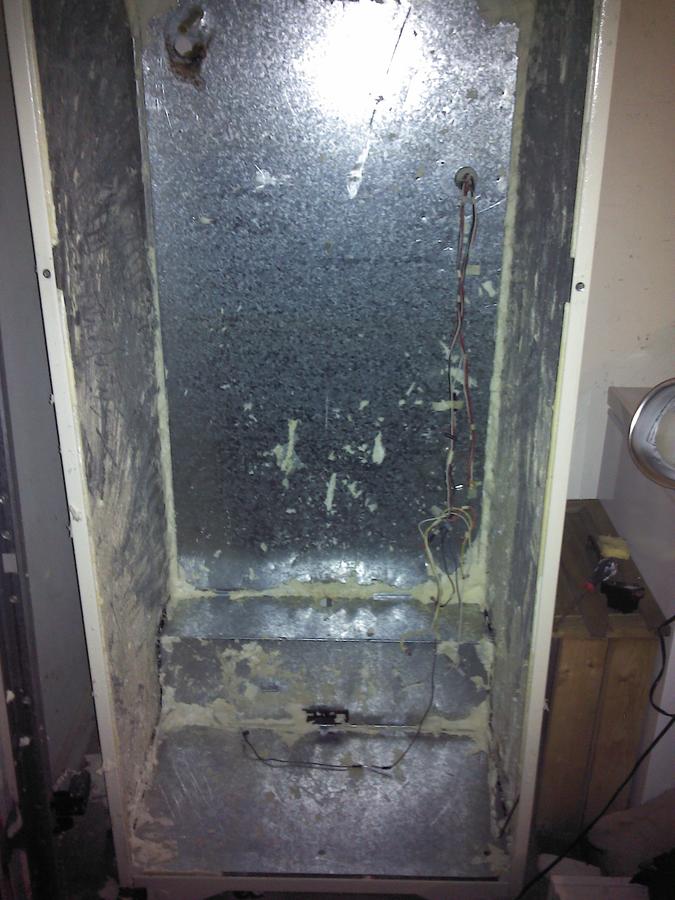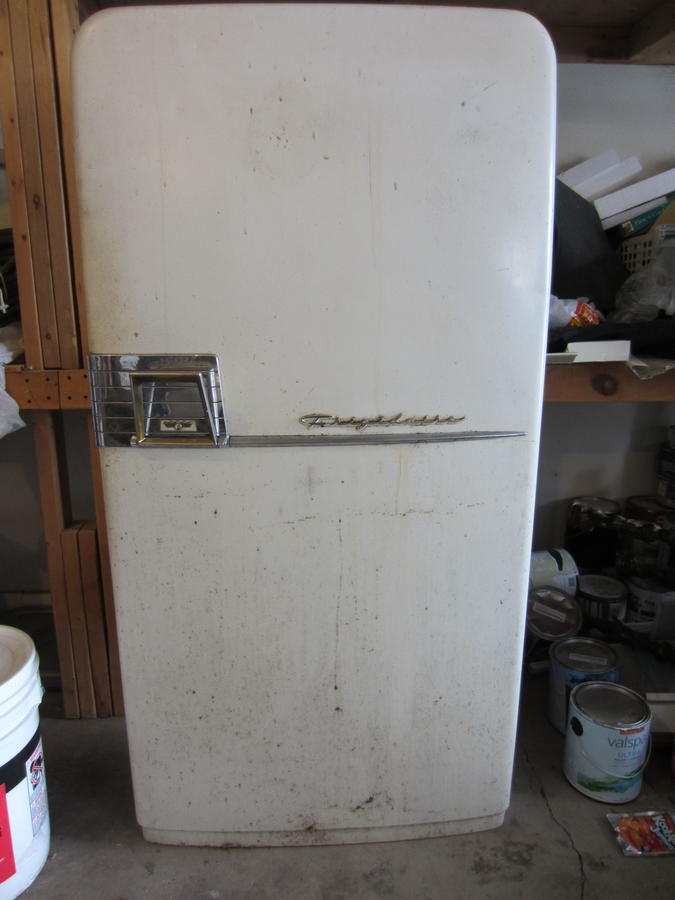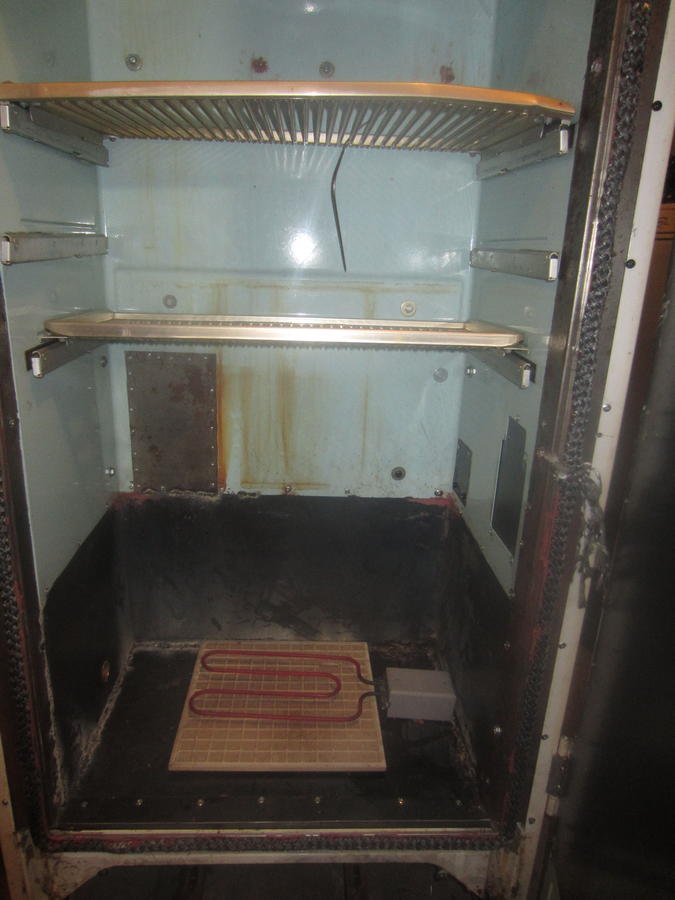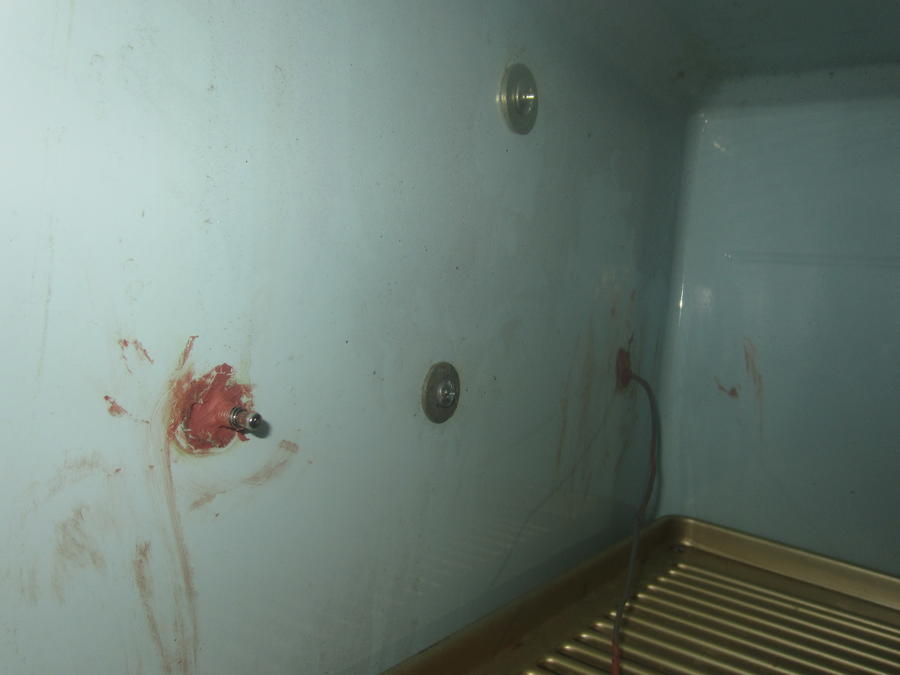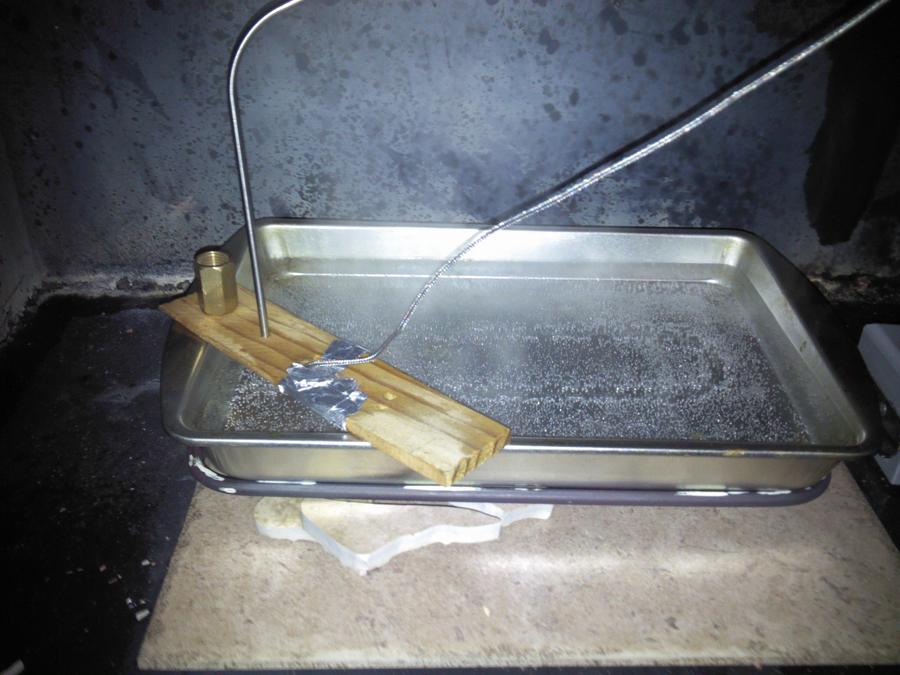- Dec 14, 2012
- 16
- 10
Hi all,
I've been reading forums for some time now and admiring what you guys do, so I decided to build one myself. I've never used a hot smoker per-say but I have experience with deer jerky and sausage that I've been making in the oven. I live in Iowa so winter temps can get pretty low and I plan to keep the smoker outside. In that regard I need a smoker that will hold good temp in coldest weather.
I was not able to find suitable old fridge but "luckily" my garage fridge just died. It's 90's fridge so the inside walls are plastic and the insulation is expanding foam. I've already removed the most of the foam and my plan is to add couple of inches of insulation and create inner shell with aluminum sheeting 0.035 thick.
Couple of questions: based on the picture do I need to do better job of removing the foam keeping in mind that over it is going insulation and layer of aluminum sheeting?
Is aluminum suitable/safe to use for inner wall of the smoker, and is 0.035 thickness good enough?
Any suggestions are welcome and thank you in advance.
I've been reading forums for some time now and admiring what you guys do, so I decided to build one myself. I've never used a hot smoker per-say but I have experience with deer jerky and sausage that I've been making in the oven. I live in Iowa so winter temps can get pretty low and I plan to keep the smoker outside. In that regard I need a smoker that will hold good temp in coldest weather.
I was not able to find suitable old fridge but "luckily" my garage fridge just died. It's 90's fridge so the inside walls are plastic and the insulation is expanding foam. I've already removed the most of the foam and my plan is to add couple of inches of insulation and create inner shell with aluminum sheeting 0.035 thick.
Couple of questions: based on the picture do I need to do better job of removing the foam keeping in mind that over it is going insulation and layer of aluminum sheeting?
Is aluminum suitable/safe to use for inner wall of the smoker, and is 0.035 thickness good enough?
Any suggestions are welcome and thank you in advance.


